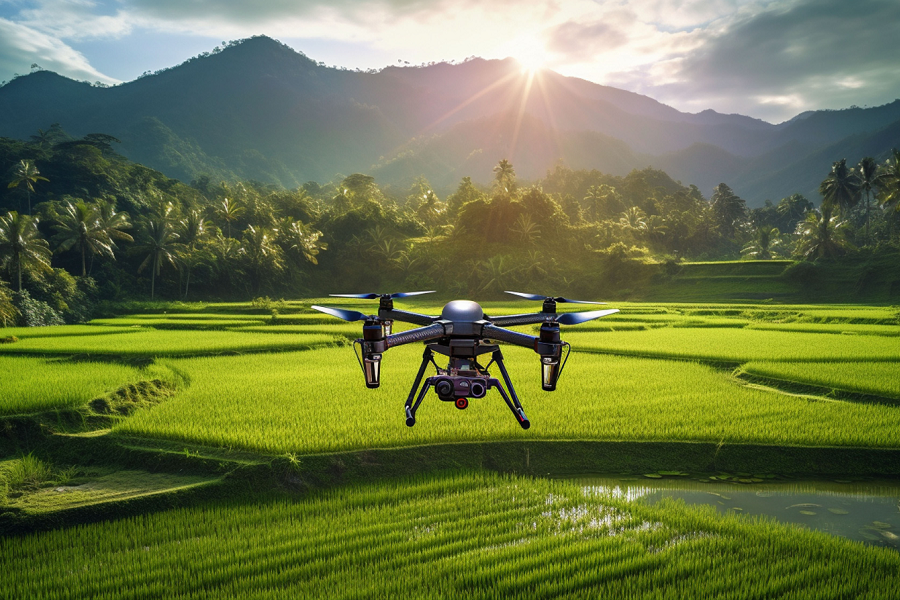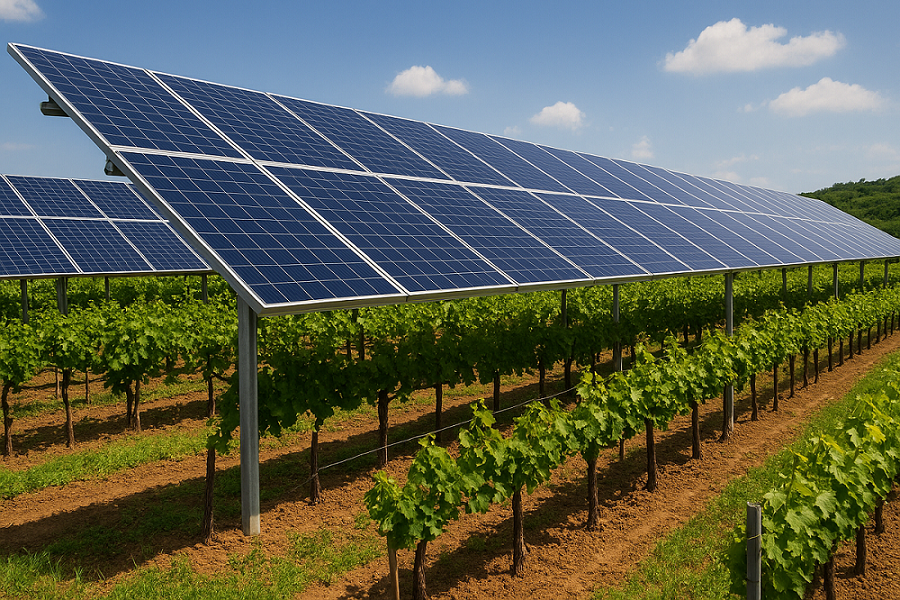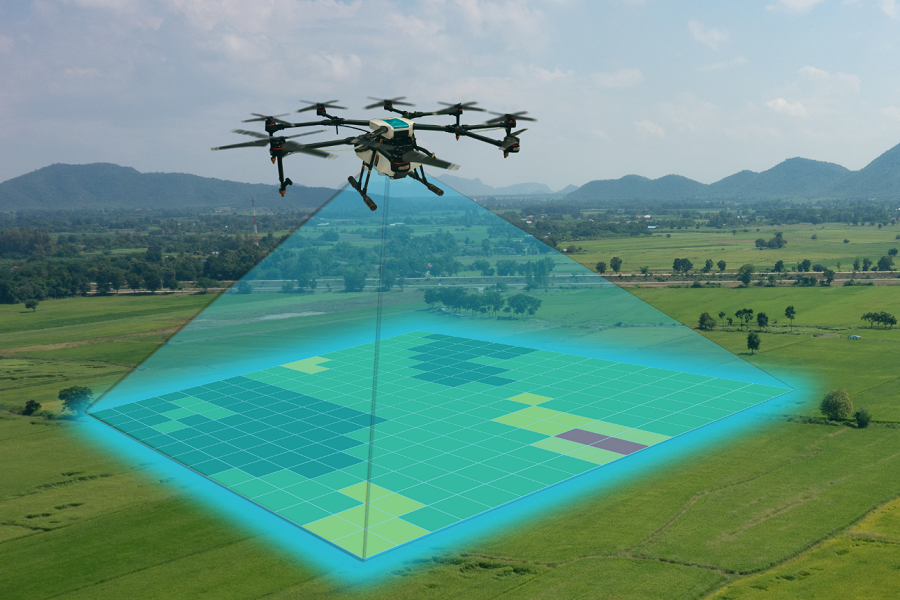by Antonio Donnangelo
Share

Introduction
Precision viticulture is making great strides thanks to new technologies based on advanced analysis of drone-derived data. In this context, the subproject VineScale, part of the Chameleon, aims to revolutionize vineyard monitoring through the analysis of drone-derived images. The goal of the VineScale project is to test and validate Chameleon’s automatic drone data analysis tool, verifying its effectiveness and reliability in different application scenarios, on 12 vineyards scattered throughout Italy (Fig. 1).

Fig.1: Flight summary of the VineScale project.
To ensure the validity of the information obtained from Chameleon’s automated system, VineScale results were compared with data collected directly in the field.
Automatic detection of vine plants
Among the tools offered by the Chameleon platform is the automatic detection tool for vine identification. The tool, through the analysis of a 3D point cloud derived from the processing of images taken by drone in leafless period, allows to generate a vector mask that identifies all plants in the field.
This tool has proven to be effective but the need to specify acquisition guidelines, such as flight height, overlap, and grid (e.g., double-grid flight), was highlighted so that an adequate dataset can be obtained and data processing can proceed properly.

Fig.2: Point cloud of individual extracted plants (left) and plant mask (right)
Monitoring crop growth with RGB information
Once the masks are generated (automatically or manually), another algorithm can be tested, which allows either to monitor the leaf volume of each individual plant. Through comparison of vine canopy volume estimates obtained through the Chameleon tool and some manual measurements of plant thickness and height, a consistent pattern emerged (Fig. 3, 4). The differences are due to simplifications in the volume calculation, but overall the method showed good reliability for growth monitoring. By interpolating the values for each individual plant, thematic maps could be generated that represented the situation in the field.

Fig.3: Results of the algorithm for calculating the volume of each individual plant.

Fig.4: Correlation between data estimated by the Chameleon instrument and data measured on the ground.
Detection of vine water stress
Water stress analysis is performed by thermal imaging and vegetation segmentation techniques, calculating the Crop Water Stress Index (CWSI) for each vine from temperature. This has made it possible to obtain fundamental data on plant water status very quickly to improve irrigation management. To accurately estimate CWSI values derived from the thermal data, temperature and air humidity data were used as a reference to ensure proper system operation.

Fig.5: Temperature results for each plant.
Vine analysis from multispectral information
Using multispectral orthomosaics, the system allowed vine vigor to be highlighted accurately, facilitating crop segmentation and monitoring with greater speed than traditional methods. In addition, soil zoning maps derived from drone data were compared with physical sampling. Using a correlation coefficient (Pearson), the similarity between the maps generated by the instrument and the data collected in the field was evaluated, confirming the reliability of the zoning method.

Fig.6: NDVI for each individual plant.
Conclusions and Future Perspectives
The VineScale project has demonstrated the potential of using drones for precision viticulture, offering an innovative tool for vine monitoring, growth analysis and water resource management. Although some challenges have emerged, the results show a promising future for the integration of these technologies into modern vineyard management.
A key element of the project is that Chameleon’s system allowed it to analyze about 44.6 hectares and 129,636 plants in 33,752 seconds (about 9 hours). This system calculated numerous biometric indices and measurements, including NDVI, temperature, CWSI and canopy volume, with a speed unthinkable compared to manual measurements. In fact, while traditional surveying of such parameters would require days of work and considerable manpower, the use of drones and advanced algorithms made fast, comprehensive and detailed analysis possible.
With further improvements in algorithms, the effectiveness of these tools can be even higher, leading to increasingly intelligent and sustainable viticulture.




